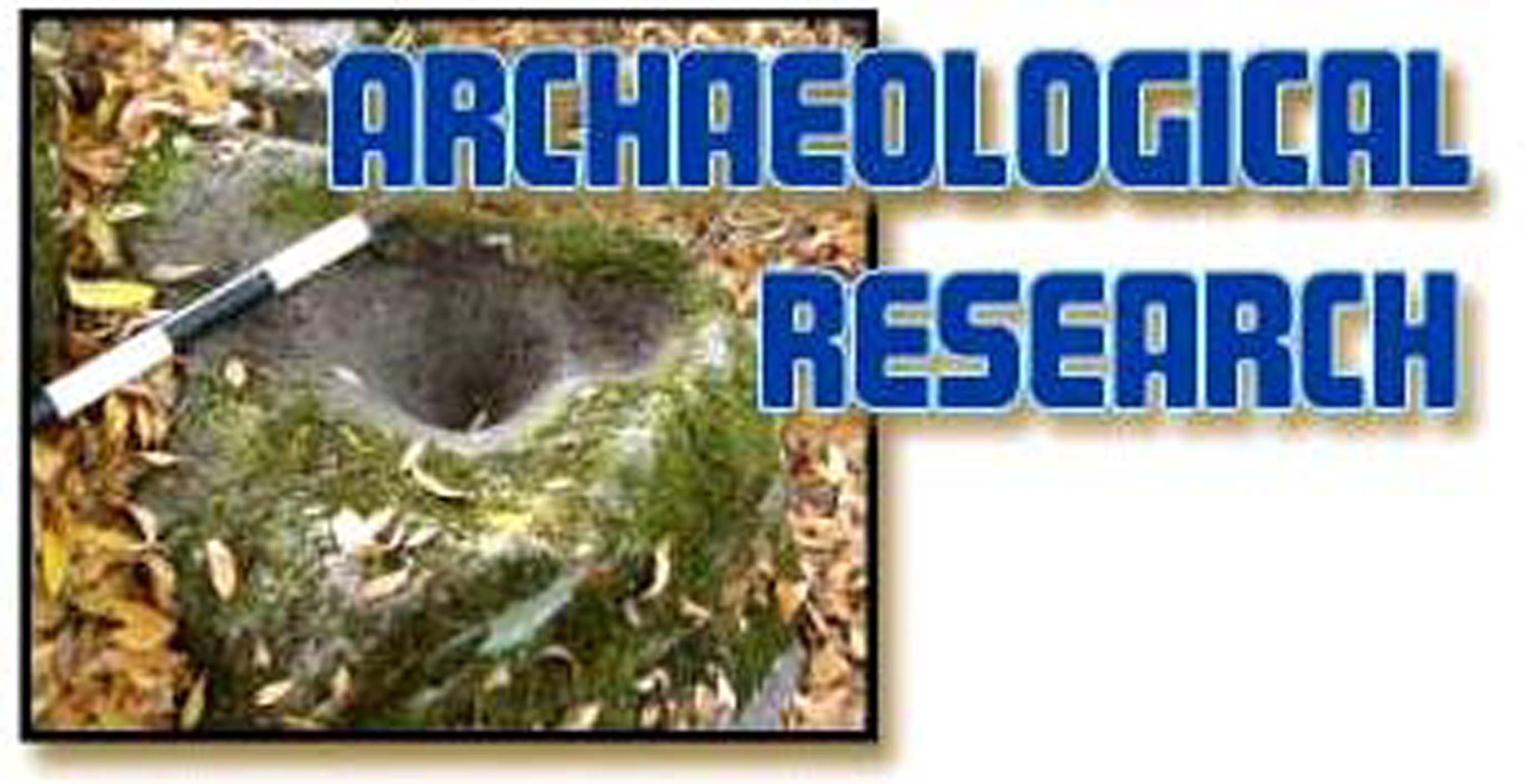Elem JK Unit Chipped Stone









In unit JK, 3 types of rock were being used for chipped stone tools; Franciscan chert, basalt, and Borax Lake obsidian. Borax Lake obsidian made up the majority of stone tool material recovered throughout the reservation.
The flake technology graph indicates that the types of chipped stone recovered represent mostly one phase of the stone tool manufacturing process (secondary thinning). There were very few flakes that could be categorized as core reduction flakes or primary thinning and shaping flakes. This suggests that core reduction and primary shaping of stone tools occurred at another location.
The chipping technology graph indicates an even split between the numbers of pressure flakes and percussion flakes. Pressure flakes are those flakes that are produced during the final edge-sharpening phase of the tool making process. These are also the flakes created by tool maintenance where resharpening and minor shaping take place. Percussion flakes occur during the whole tool manufacturing process.
This suggests that most of the tool making process was taking place elsewhere and that finished, or partly finished tools were brought to this location where they were finished, sharpened, and maintained.
Points (3)
Fragments of two Borax Lake obsidian points and one Napa Valley obsidian point (JK-109) were recovered from unit JK. The broken tip (or tine JK-61) was recovered from the 0-10cm level and should be considered part of the disturbed soil layer. The other two were recovered from the 10-20cm level and were most likely close to their original place of deposition.
JK-109 had a mean hydration reading of 6.5 microns suggesting manufacture around 6,500 B.P. JK-110 had a mean hydration reading of 5 microns suggesting manufacture around 2,400 B.P. (rate calculation is based on Origer 2008 and Tremaine and Fredrickson 1988).
Knives (3)
Knives are purposefully manufactured tools that have been chipped on both sides to create a cutting or scraping edge. Some chipped stone knives are well-formed, presumably taking much thought and time in manufacture. Others are less well-formed and appear to have been quickly manufactured for one or more uses. Knives can be used for a wide range of cutting and scraping activities such as those needed for butchering and hide production.
One knife was recovered from the 10-20cm level (JK-107) and 2 from the 30-40cm level (JK-163).
Flake Tools
Flake tools are sharp flakes of obsidian that were casually picked up and used for cutting, scraping, or reaming purposes. These tools either show chipped edges from use, or have been purposefully
removed from a core to provide a sharp cutting edge.
Flake blades are long thin flakes that have been removed from specially prepared cores. The core preparation and removal process allows the creation of long thin flakes with two very sharp parallel cutting edges. Ten flake blades were recovered; 2 from the 0-10cm level, 6 from the 10-20cm level, and 2 from the 20-30cm level.
Flake gravers are small flakes with a very defined short cutting edge opposite a flat face that allows the force of a finger to be applied to assist in the cutting action. Two flake gravers were recovered from the 10-20cm level.
Spoke shaves are flake tools that have been used to scrape a shaft (such as a branch or basketry root). The action of scraping a shaft creates an indented (concave) flaked surface. One spoke-shave was
recovered from the 0-10cm level (JK-60).
Flake knives are casual flakes that have been chipped on both sides to create a cutting edge. One flake knife was recovered from the 10-20cm level (JK-108).
Flake scrapers are the most numerous and most casual of the flake tools and show little or no resharpening. They can be any shape and size and display edge chipping that indicates repeated use for generalized cutting or scraping. Thirty flake scrapers were recovered from unit JK; 1 from the 0-10cm level, 12 from the 10-20cm level, 7 from the 20-30cm level (JK-32), and 10 from the 30-40cm level (JK-162).
Cores (9)
No cores were recovered from the 0-10cm level, 1 was recovered from the 10-20cm level, 5 from the 20-30cm level (see JK-137) (one of which was of Konocti obsidian), and 3 from the 30-40cm level (JK-161).
